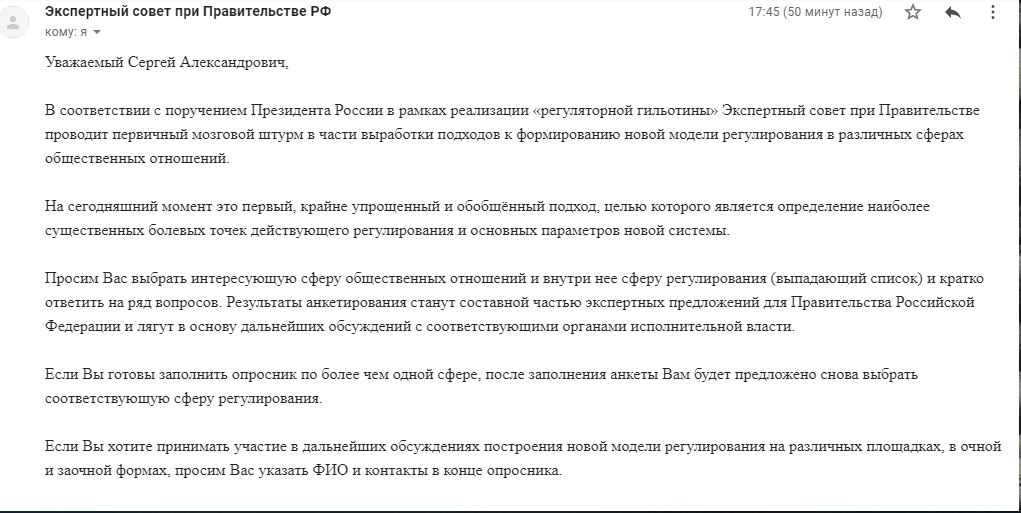Как и следовало ожидать, тот единственный пост, где процитирован ответ математика, опровергающий Золоторева, был им удален вместе со всей дискуссией. Вот его содержание:
В завершение нашей дискуссии про дилемму заключенного. Я пообщался с профессором Бертраном Леменисьером, автором статьи, которая согласно Владимиру Золотореву меня опровергает. Доктор Леменисьер, оказывается, со мной согласен. Его статья опровергает использование дилеммы заключенного для доказательства необходимости государства, но статья не опровергает использование повторяющейся дилеммы заключенного для демонстрации поведения людей на рынке. В частности:
1) Оптимальная стратегия в повторяющейся дилемме заключенного - “око за око” (добрая, справедливая, прощающая и независтливая) и именно ее Бертран лично вместе с женой используют, когда покупают продукты на рынке.
“Each time I am going to buy foods on market place, we (my wife and me ) are applying this strategy. It is a repeated transaction twice a week and we talk and make our commercial exchange friendly with a lot of trust ( ie nice, retaliating, forgiving, and non-envious ) to the shop keeper.“
2) Статья не опровергает всю теорию игр, как бесполезный инструмент в описании процессов в реальном мире. Согласно Бертрану теория игр является полезным метафорическим инструментом, аналогично графику спроса и предложения. Однако некоторые могут ошибочно интерпретировать теорию игр и тогда мы видим выкладки наподобие тех, что якобы показывают необходимость государства. Когда же теория игр применяется верно, как в моем видео и статье, тогда она демонстрирует поведение людей на рынке и оптимальная стратегия в игре подтверждается наблюдениями на рынке.
“So your point is why the iterated prisoner's dilemma as a metaphor does not suffer from the more general critic on the prisoner's dilemma? By re-reading my point I agree with you that note 11 evades the point. The fallacy of the general prisoner's dilemma lies in the following contrdiction : players cannot be both (a) rational in choosing the best strategy, and (b) irrational in not taking advantage of a profit opportunity which supposedly is certain in this abstract model. We have the same faulty analysis with the coordination game :everything has been objectified when the payoff structure is supposed to be common knowledge. It is always, in this type of analysis, the “pretence of knowledge” of the social scientist. In the real world, people have to solve this problem without knowing the payoff structure. Why the Tit for Tat strategy is not falling in this faulty analysis? Axelrod (1984), in the evolution o cooperation, p.10-11, is explicit on that point : the hypoyhesis of an interaction in an indefinite number of times offers the way to find mechanisms available to the players to make enforceable threats or commitments without knowing the pay off structure. Tit for Tat rule emerges from the evolution of cooperation as the best strategy for players through trials and errors (including all the technics of pre-commitments to produce trust -for exemple teaching reciprocity to our children). Axelrod try to prove his argument through experimental studies ( Computer tournaments), but evolution has selected rules of conducts for the survival of the group through exchange and free trade (including in the worst condition when exhange is prohibited by the state men). Re-read Adam Smith with his basic idea of "the propensity to trck, barter, and exhange one thing for another" (The Wealth of Nations,edition 1937 The Modern Library, Chapter 2, p.13), the premice of economic reasoning is defintively not the rational hypothesis. Axelrod is taking in fact an evolutionary approach of the Tit for Tat strategy which explains why it is not an abstract model (see his book The Compexity of Cooperation (1997) Princeton University Press).
















